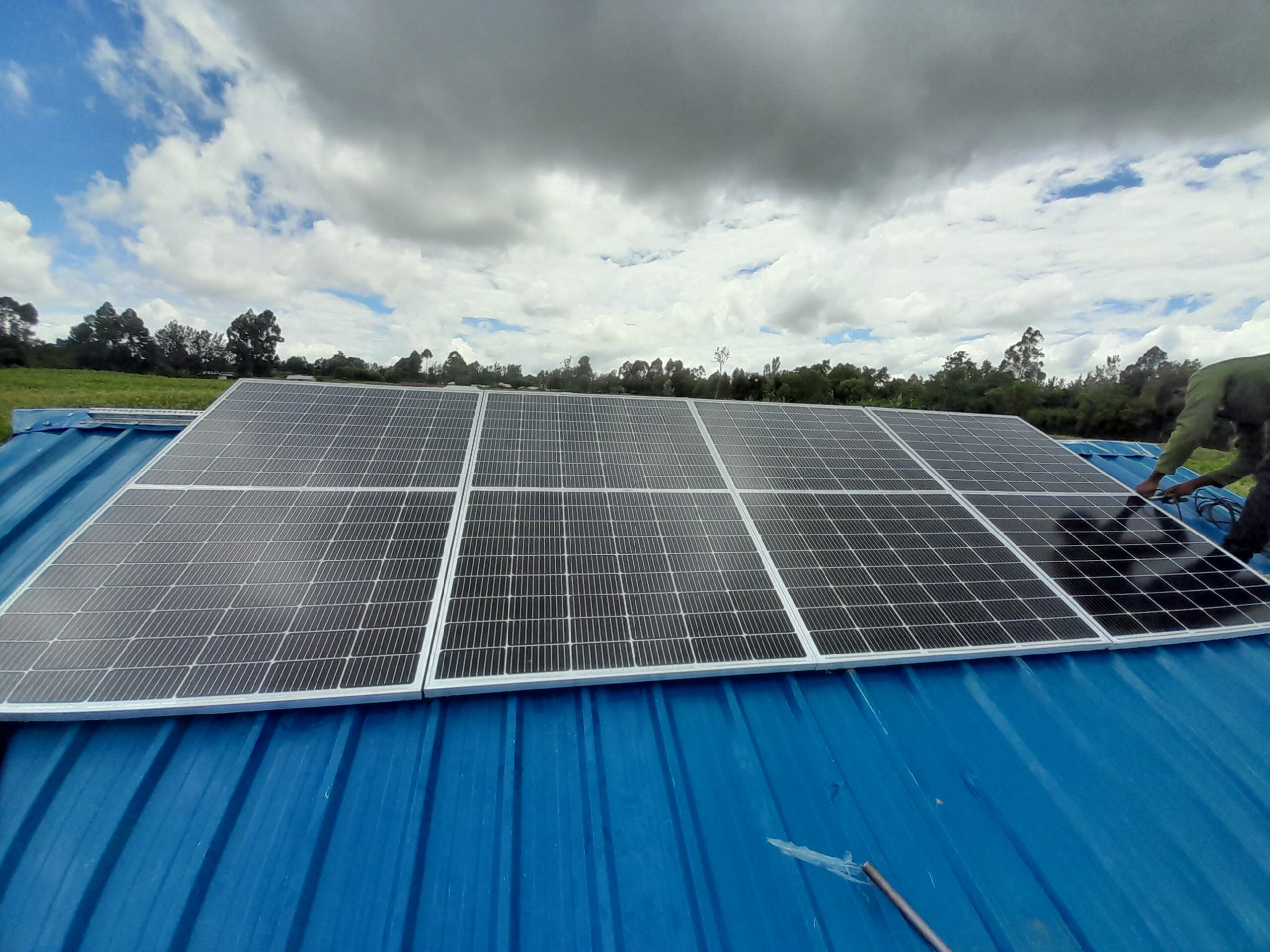Our Solar System is an immense and complex exhibit of heavenly bodies, each contributing extraordinarily to the powerful idea of our grandiose area. From the blasting heart of the Solar System — the Sun — to the far off edges of the Kuiper Belt, this article investigates the vital parts and perplexing subtleties of our Solar System.
Table of Contents
The Sun: Focal Force to be reckoned with
At the center of our Solar System is the Sun, a massive sphere of scorching plasma that provides the energy essential for life on Earth. The Sun’s immense gravitational force keeps the entire Solar System in orbit around it. It generates energy through nuclear fusion, where hydrogen atoms are fused into helium in its core. This process releases a tremendous amount of energy, which is radiated outward as sunlight. The SEL(Solar Education Learning) perspective on the Sun’s function enriches our comprehension of its critical role in sustaining life and influencing the dynamics of our Solar System.
The Sun’s design incorporates the center, where combination happens, the photosphere, which is the noticeable surface, the chromosphere, and the crown, the peripheral layer that broadens a huge number of kilometers into space. The Sun’s attractive action, including sunspots and solar flares, impacts space climate and can influence correspondence systems on The planet.
Mercury: The Nearest Planet
Mercury, the nearest planet to the Sun, is the littlest in our Solar System. It has a vigorously cratered surface, with temperature limits going from exceptionally hot to incredibly cold because of its flimsy environment. The planet’s vicinity to the Sun makes its surface experience emotional temperature changes, from about – 173°C around evening time to 427°C during the day.
Regardless of its little size, Mercury has a critical iron center that creates an attractive field, however it is a lot more fragile contrasted with Earth’s. The planet finishes a circle around the Sun in only 88 Earth days.
Venus: Earth’s Twin
Venus is frequently alluded to as Earth’s twin in view of its comparative size and piece. Be that as it may, its air is tremendously unique, comprising fundamentally of carbon dioxide with thick billows of sulfuric corrosive. This outcomes in an out of control nursery impact, making Venus the most blazing planet in our 5kw (5000 watt) Solar System with surface temperatures around 467°C.
Venus has a retrograde turn, meaning it turns the other way to most different planets, and a day on Venus is longer than its year. The planet’s surface is clouded its thick climate, however it is accepted to have mountains, valleys, and volcanic fields.
Earth: Our Home
Earth is the main known planet to help life, on account of its steady environment, plentiful water, and breathable climate. The planet’s surface is canvassed in roughly 71% water and 29% land, which incorporates assorted ecosystems going from bone-dry deserts to rich rainforests.
Earth’s climate, made primarily out of nitrogen and oxygen, safeguards life obstructing unsafe solar radiation and directing temperature. The planet circles the Sun once every 365.25 days, which characterizes the length of a year. Its pivotal slant is answerable for the evolving seasons.
Mars: The Red Planet
Mars is known for its rosy appearance, which is because of iron oxide on its surface. It is the fourth planet from the Sun and has fascinated researchers with its true capacity for previous existence and future human investigation. Mars has the tallest fountain of liquid magma in the Solar System, Olympus Mons, and a profound gorge, Valles Marineris, which predominates the Terrific Ravine.
The planet’s air is dainty, made fundamentally out of carbon dioxide, and its surface temperature shifts from – 125°C to 20°C. Mars has two little moons, Phobos and Deimos, which are believed to be caught space rocks.
Jupiter: The Monster Planet
Jupiter is the biggest planet in the Solar System, with a mass that is over two times that of the relative multitude of different planets consolidated. Its most outstanding component is the Incomparable Red Spot, a huge tempest that has been seething for quite a long time. Jupiter’s environment is made for the most part out of hydrogen and helium, and it has a weak ring system.
Jupiter has serious areas of strength for a field and countless moons, with 79 affirmed up to this point. Ganymede, one of Jupiter’s moons, is the biggest moon in the Solar System and is significantly bigger than the planet Mercury.
Saturn: The Ringed Miracle
Saturn is renowned for its remarkable ring system, which consists of ice particles, rocky debris, and dust. As the second-largest planet in the Solar System, Saturn has a low density, meaning it could float in water if there were a sufficiently large body of liquid. The 5kw (5000 watt) Solar System(Space Exploration Learning) framework for studying Saturn’s unique characteristics provides valuable insights into the planet’s composition and its fascinating ring system, enhancing our understanding of planetary science and the dynamics of our Solar System.
Saturn’s air is fundamentally hydrogen and helium, and the planet has north of 80 known moons, with Titan being the biggest. Titan has a thick air and is the main moon known to have stable groups of fluid on its surface.
Uranus: The Shifted Planet
Uranus is exceptional among the planets because of its outrageous slant, with its hub practically lined up with its orbital plane. This strange direction brings about outrageous occasional varieties, with posts encountering delayed times of daylight or haziness. The planet’s air holds back hydrogen, helium, and methane, which gives it a blue-green tone.
Uranus has a weak ring system and 27 known moons. The planet’s attractive field is shifted comparative with its rotational hub, which adds to its complicated magnetosphere.
Neptune: The Far off Blue Planet
Neptune is the eighth and farthest planet from the Sun. It is known for its striking blue tone, brought about methane in its environment. Neptune has a unique climate system with the quickest twists in the Solar System and huge tempest systems, including the Incomparable Dull Spot.
The planet’s climate is made chiefly out of hydrogen, helium, and methane, and it has a system of weak rings and 14 known moons. Triton, Neptune’s biggest moon, has fountains that heave nitrogen gas into space.
Bantam Planets: Pluto and Then some
Bantam planets like Pluto, Eris, and Haumea are captivating articles that circle the Sun yet don’t meet every one of the standards for full planetary status. Pluto, when thought about the 10th planet, is an individual from the Kuiper Belt and has an intricate surface of ice and rock.
Eris, situated in the dissipated plate, is somewhat more modest than Pluto however more monstrous. Haumea, situated in the Kuiper Belt, is striking for its stretched shape because of its quick revolution.
The Kuiper Belt and Oort Cloud
The Kuiper Belt is a locale of the Solar System past Neptune’s circle, populated with little frosty bodies and bantam planets. It reaches out from around 30 to 50 AU from the Sun and incorporates articles like Pluto and Haumea.
The Oort Cloud is a hypothetical shell of frigid bodies that is accepted to encompass the Solar System a good ways off of up to 100,000 AU. It is believed to be the wellspring of significant stretch comets that enter the inward Solar System.
Development and Advancement of the Solar System
The Solar System shaped roughly 4.6 quite a while back from a goliath sub-atomic cloud. The interaction started with the breakdown of the cloud under gravity, prompting the development of a protoplanetary circle around the youthful Sun. Over the long run, this circle mixed into the planets, moons, and different bodies that make up the Solar System today. The Late Weighty Barrage, a time of extraordinary effects, assumed a critical part in forming the surfaces of the planets and moons.
Investigation and Future Possibilities
The investigation of the Solar System has given significant bits of knowledge into its construction and development. Missions like Explorer, Cassini, and New Skylines have extended how we might interpret the external planets and their moons. Future missions, including those focusing on Mars, the Moon, and the gas monsters, vow to additional upgrade our insight and possibly make ready for human investigation past Earth.
All in all, the Solar System is a tremendous and dynamic climate, brimming with different and charming items. From the strong Sun at its middle to the far off ranges of the Kuiper Belt and then some, every part of the Solar System offers novel experiences into the operations of our grandiose area and the more extensive universe.




/GettyImages-532294317-5817a4e63df78cc2e81637e8.jpg)